Inside Chanel's Place Vendôme atelier
Enter Chanel's Parisian high-jewellery workshop, fountainhead of a new collection inspired by Coco’s collection of Coromandel screens
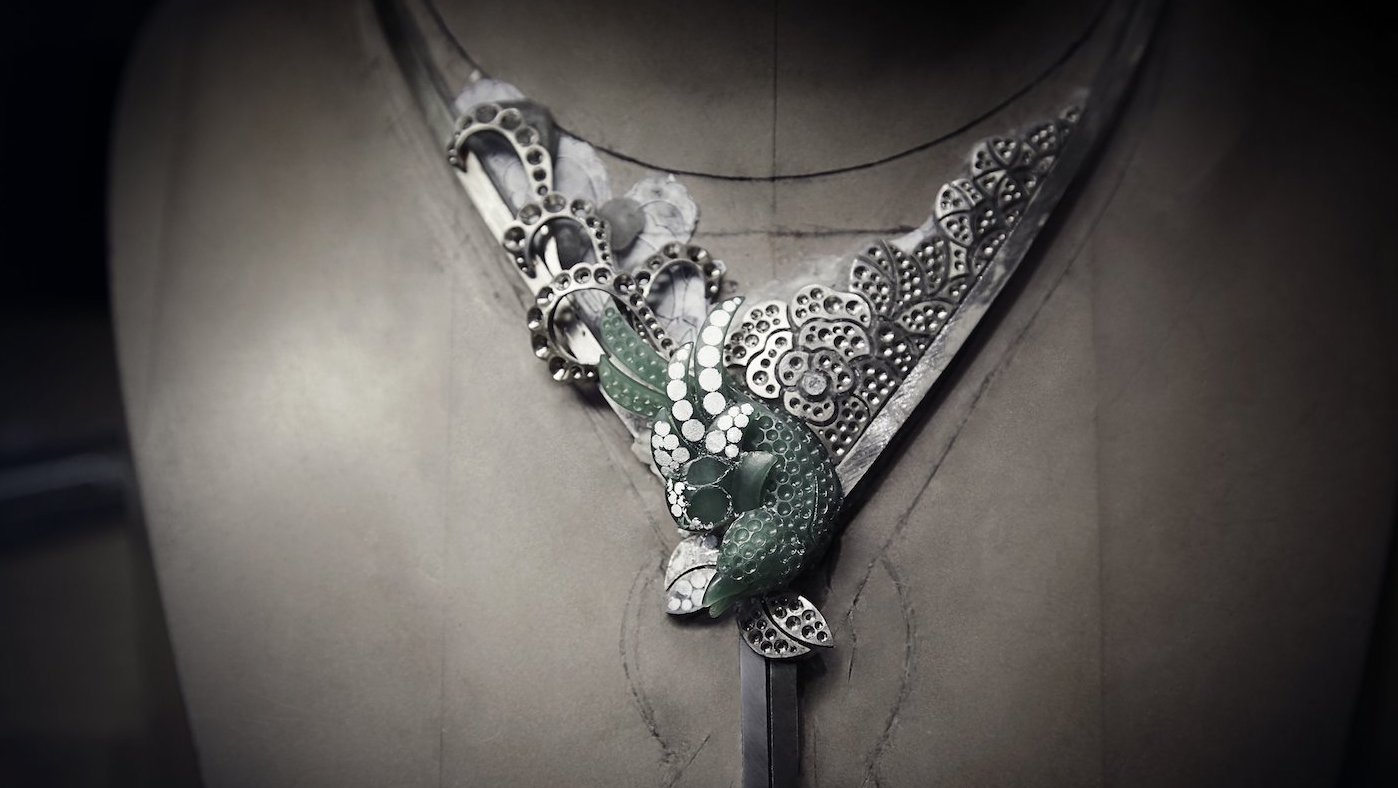
The room with one of the most picturesque views of Paris belongs to Chanel. The privately-held luxury brand first purchased 18, Place Vendôme – a sandstone-clad, neoclassical townhouse designed by 17th-century architect Jules Hardouin-Mansart – in 1997, opening a fine jewellery boutique furnished by Peter Marino. Following a two-year development phase, Chanel added a dedicated haute joaillerie workshop to the building in November 2012. It is here, in a fifth-floor suite of rooms reached via a complex system of interlocking glass doors, that expert artisans finish special orders, prototypes and exceptional pieces. The luxury eyrie offers an impressive view of the prestigious Parisian square, along with a close-up look of Napoleon perched on top of his 1806 landmark bronze Vendôme Column.
The 220 square metres space is home to a highly-skilled workforce of 20 to 25 employees, grouped in specialised departments: CAD designers, model makers, engravers, gem-setters and smelters who turn the two-dimensional drawings received from Chanel’s in-house creative studio into high-jewellery confections, the apex of Chanel’s bijouterie. To date, the ‘entry’ price for a design crafted entirely by hand at 18, Place Vendôme is €42,000.
Raw materials including iridescent coloured diamonds, satin-white pearls and precious metals such as beige gold – Chanel’s own 18k alloy – are under lock and key; measured quantities are dispensed to employees via a kiosk-style window. Today, one artisan is returning to an intricate bib-necklace that has been placed on a Chanel-labelled display bust. It’s meticulous, time-intensive work: the piece requires 1,400 hours to complete.
The Week
Escape your echo chamber. Get the facts behind the news, plus analysis from multiple perspectives.

Sign up for The Week's Free Newsletters
From our morning news briefing to a weekly Good News Newsletter, get the best of The Week delivered directly to your inbox.
From our morning news briefing to a weekly Good News Newsletter, get the best of The Week delivered directly to your inbox.
In another room, polishers apply pâte à polir to nished pieces, deftly distributing the dense putty by twisting cotton strings, as a polishing machine is only used for at surfaces. “You know what is very important?” asks Marianne Etchebarne, Chanel’s Global Head of Watches and Fine Jewellery Marketing, Media and Clients. “That they are here, in Paris. You have that beautiful view and they have daily collaboration. I think it’s magic that this work still exists in the world we live [in], where it’s always ‘sooner, sooner, quicker, quicker’.”
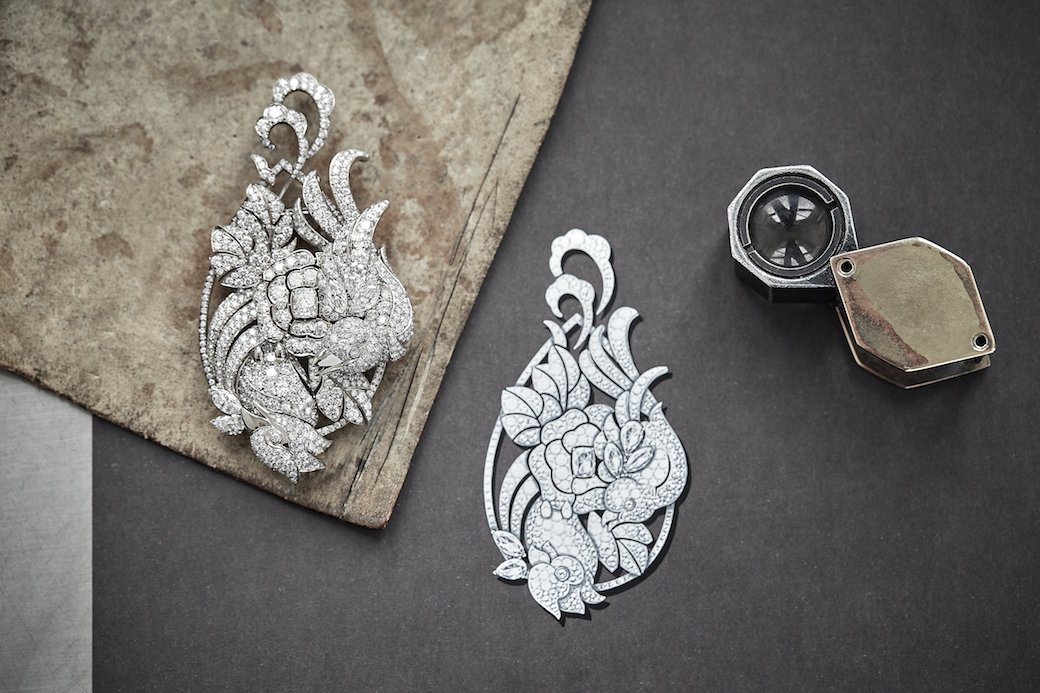
In 1932, 23 years after launching her business with a boutique on Paris’ Boulevard Malesherbes, Gabrielle ‘Coco’ Chanel unveiled her debut high-jewellery collection at her Faubourg Saint-Honoré home to guests including Jean Cocteau, Pablo Picasso, Mrs Cole Porter, and the American- born Princesse Edmond de Polignac. ‘Bijoux de Diamantes’ remains the couturière’s only high-jewellery collection; visionary in their simplicity, white diamond-encrusted pieces including bow-tied choker necklaces and comet-shaped brooches were set in pale platinum. “High jewellery is very important,” says Etchebarne. “It is in the origin of the brand. It’s an activité where Mademoiselle Chanel had a point of view. It’s the high jewellery that completes the notion of ultimate luxury and ultimate freedom of creation.”
At Chanel, freedom of creativity is paramount. The Studio de Création team begins high-jewellery collections – which are presented twice a year, during Paris’ haute couture week – with detailed research, a process that takes up to six months and culminates in many drawn sketches, amounting to hundreds of renderings every year. “One necklace can have 10, 20 drawings!” says Etchebarne. Once nalised, the creations slowly take shape. Discussed in weekly inter-departmental meetings, nished pieces are the result of a close collaboration between designers and artisans that can take two years per collection. In addition to its Place Vendôme workshop, Chanel currently partners with around 15 Paris-based external workshops. “The bird done in one workshop should not be different to the bird done in another workshop,” explains Etchebarne. “Our workshop has the mission of making the most complicated, challenging pieces and techniques. There are very talented people in the workshop.”
Sous le Signe du Lion, the first high-jewellery collection with models crafted entirely at the Place Vendôme site, made its debut in July 2013. Then, 58 designs including mosaic-set necklaces, signet-style rings and medallion-brooches captured the king of the jungle in rare materials such as white and yellow diamonds set in white gold. Mlle Chanel was born a Leo, and the collection paid homage to her star sign. “All Chanel jewellery has a story,” explains Etchebarne. “A story linked to Mademoiselle Chanel.”
A free daily email with the biggest news stories of the day – and the best features from TheWeek.com
Gabrielle Chanel is always the starting point. The workshop has mastered pieces inspired by the founder’s good-luck charms with Les Talismans de Chanel (2015); Coco’s adventures cruising along the French Riviera on the Duke of Westminster’s Flying Cloud inspired a collection named after the four-masted sailing yacht. Presented in July 2017, nautical-themed pieces included rings set with Breton stripes of alternating blue sapphires and white diamonds, and gure-of-eight knots gave shape to white gold Azurean Braid earrings set with 176 brilliant-cut sparklers.
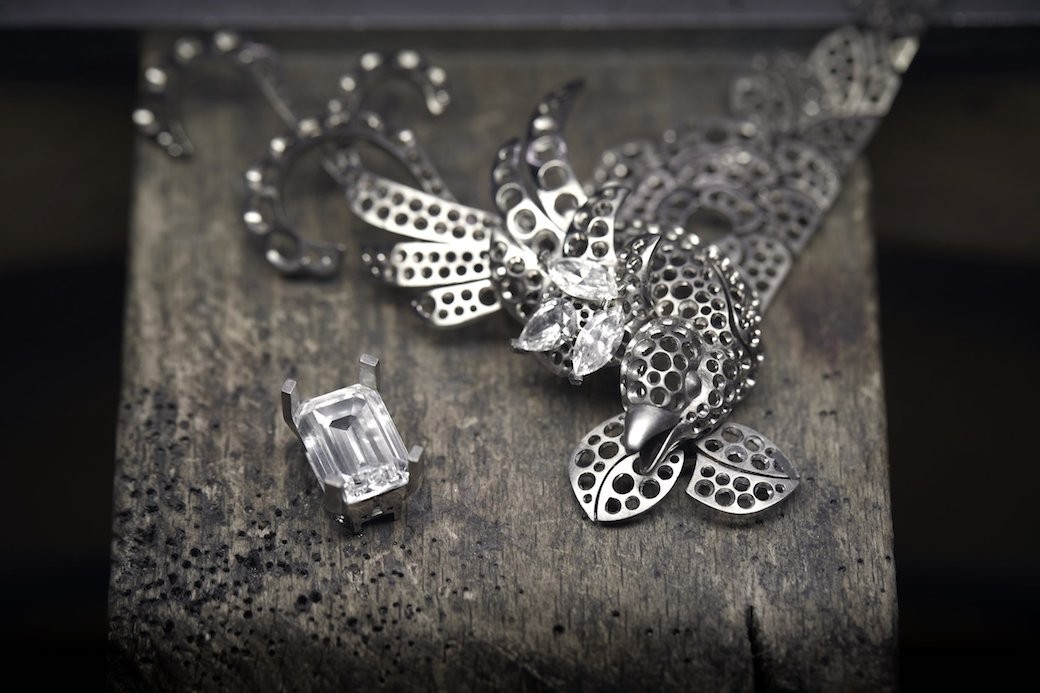
For its most recent high jewellery collection, Chanel stayed in Paris’ 1st arrondissement, as the team drew inspiration from Coco’s rue Cambon apartment, a short walk from the Place Vendôme workshop. ‘Coromandel’ reimagines Coco’s collection of antique lacquer folding screens in 58 creations, including 24 one-off pieces. “What I nd interesting is that [the collection] is linked to her intimate, personal universe,” says Etchebarne. "She used to surrounded by the screens in the places she lived".
The appartment is oppulent and labtrinthine, and thus seemingly at odds with Chanel's embrace of modern living. "That contrast, that paradox is always there at Chanel,” says Etchebarne. Coco’s belongings are rich with personal narrative: a duo of Japanesebronze deer was a present from her friend Misia Sert; close by, a pair of redogs in the shape of a reclining woman are the work of Jacques Lipchitz – Coco was one of the Cubist sculptor’s rst supporters. When Hubert de Givenchy visited Mlle Chanel, the tall couturier dislodged a crystal from the low-hanging chandelier. To keep it safe, de Givenchy placed the sparkling drop in the mouth of a nearby frog sculpture, where it has remained ever since. “When you visit the apartment, you almost have the feeling that Mademoiselle Chanel is here,” says Etchebarne. “Everything is linked to Chanel. It’s very special.”
“I’m like a snail,” Coco once said to the writer Claude Delay. “I carry my house around with me. I take two Chinese screens and books everywhere. I could never live in an open house. The first thing I go looking for is dressing screens.” Chanel first discovered the exotic objet in the 1910s with Captain Arthur Edward ‘Boy’ Capel, the couturière’s great love, who dramatically died in a motorcycle crash in 1919 at the age of 38. Some of the screens at the apartment were a gift from Boy; here, entire walls are lined in intricately worked, glossy-surfaced Coromandel screens, as Chanel dismantled and repositioned the rare antiques to double as wall- hangings. At one point, the couturière owned more than 30 of the screens, dating to the 17th and 18th centuries.
Coromandel lacquer screens first arrived on French soil in the 17th century, when Louis XIV’s sailors returned from pearl and jewel expeditions to the Coromandel coast (originally named Cholamandal) of south-east India, where they traded with travelling Chinese merchants. Lacquered screens are the result of time-honoured techniques; the most revered is Kuan Kai, which translates as ‘incised colours’ and dates back to the Song dynasty (960-1279). The method requires the repeated layering of heated and purified vegetable resin; once a thickness of 3mm is reached, pictorial scenes and motifs are cut out. Lastly, the deep black lacquer is finessed with gold, tortoiseshell and engraved mother-of-pearl.
“It’s the starting point of an imaginary world,” says Etchebarne. Chanel’s many screens can be read like a picture book: panels feature exotic plant life, wild tigers, and a bird of paradise soaring high. There are galloping horses and a pair of long-legged cranes; elsewhere, a traditional Chinese canopied Sampan boat glides past a twisted tree, and a Hanfu-clad lady is taking to the air on the back of a peacock. From these fantastical scenes, the design team has chosen vignettes as inspiration. “They picked some motifs, but not to make ‘copy, paste’, just as the start of a completely new creation.” The result is a collection grouped into three chapters.
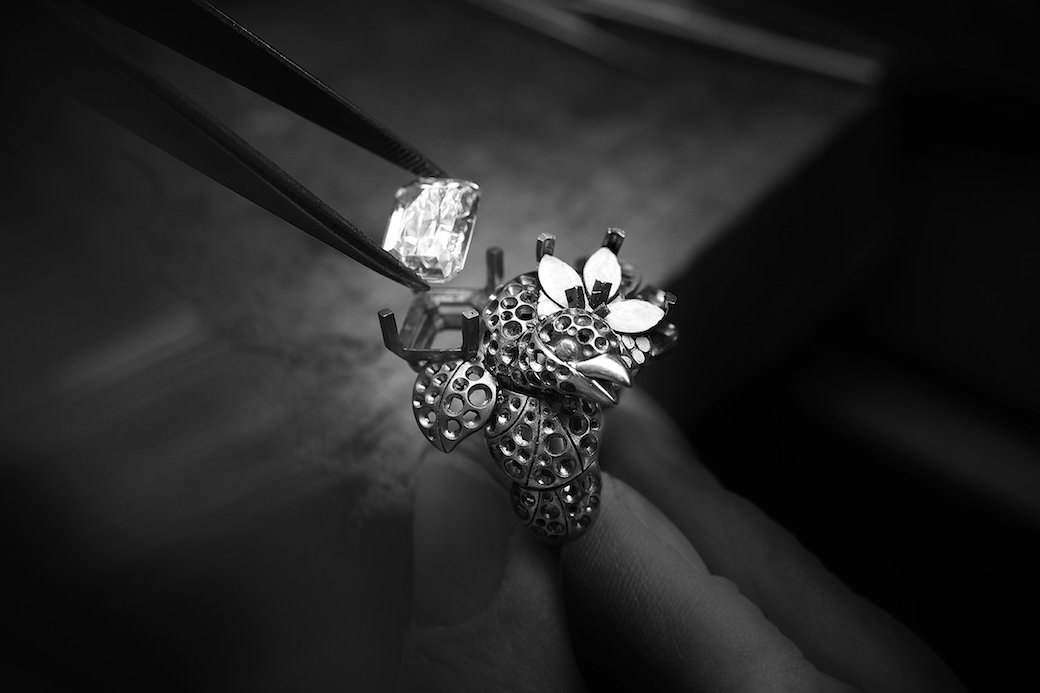
The Floral section is spearheaded by Chanel’s emblematic Camelia bud, imagined with pink sapphire petals and sprouting leaves of green tourmaline. The focal point of a Fleur de Laque (lacquer ower) single- strand pearl necklace is a sequence of five panels composed of yellow gold, black lacquer, diamonds and mother of pearl, a Recto Verso double-sided cuff is a feat of technical mastery and includes reversible yellow diamond. A group of Animal designs draws from the screen’s bestiary, honing-in on its birdlife. The Vol Suspendu necklace eternalises the moment of a bird taking to the air, it’s feet still touching the ground, in white gold and diamonds. Lastly, Mineral pays tribute to Coco’s penchant for gemstones and crystals by imagining Far Eastern landscapes in earthy goldtones off-set with green and blue lacquer.
Back at their Place Vendôme workshop, artisans have much cause for celebration: following the Coromandel collection’s unveiling at Paris’ Grand Palais, many of the pieces have already sold, proving that Mlle Chanel’s words still ring true. “She used to say, ‘Before the jewel, there is the idea of the jewel and the idea of the woman who would wear the jewel,’” says Etchebarne. “That is our very DNA: always to have in mind the woman.”
-
 A fentanyl vaccine may be on the horizon
A fentanyl vaccine may be on the horizonUnder the radar Taking a serious jab at the opioid epidemic
-
 The 8 best comedy TV series of 2025
The 8 best comedy TV series of 2025the week recommends From quarterlife crises to Hollywood satires, these were the funniest shows of 2025
-
 Codeword: December 16, 2025
Codeword: December 16, 2025The daily codeword puzzle from The Week
-
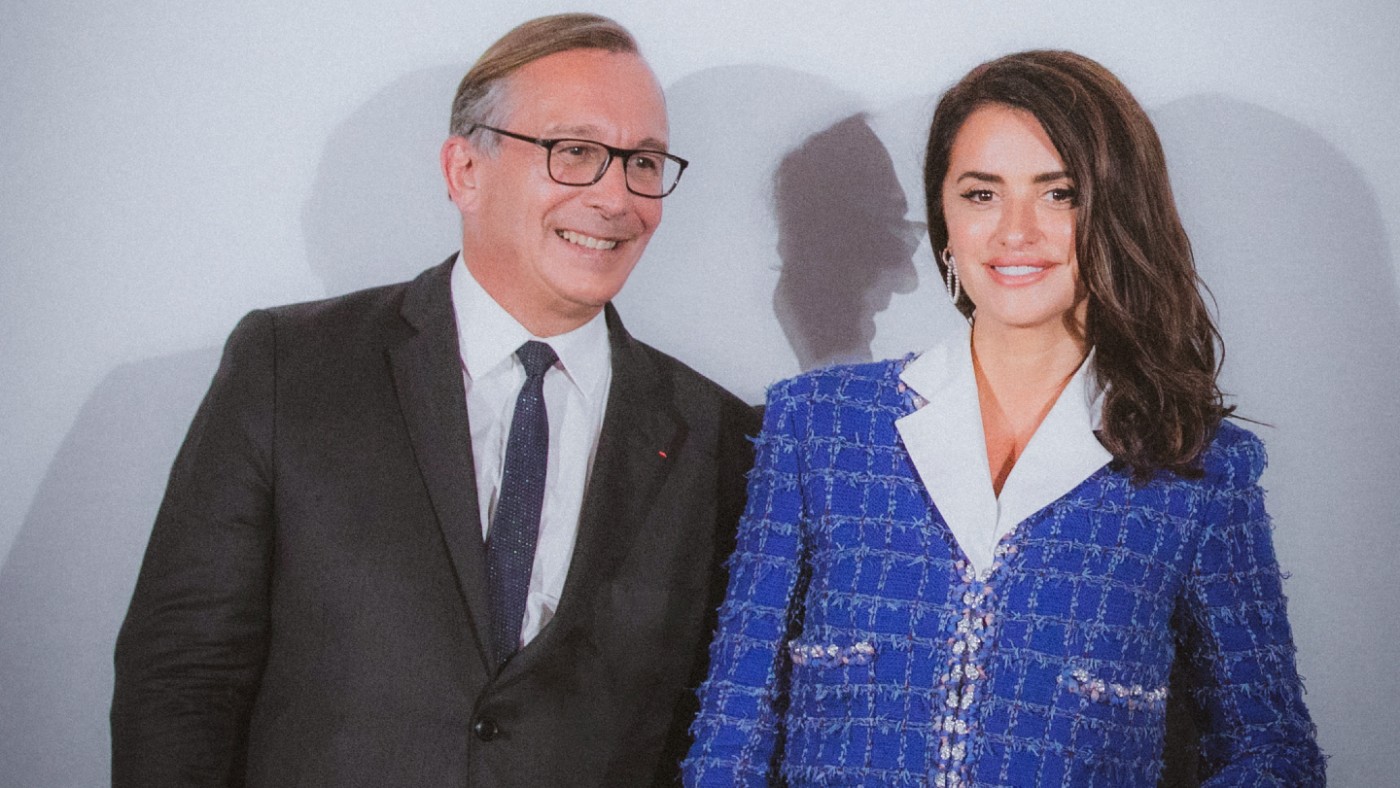 Why Penelope Cruz is an expert in Chanel, both on and off-screen
Why Penelope Cruz is an expert in Chanel, both on and off-screenUnder the Radar The award-winning actor explains her enduring relationship with the Parisian fashion house
-
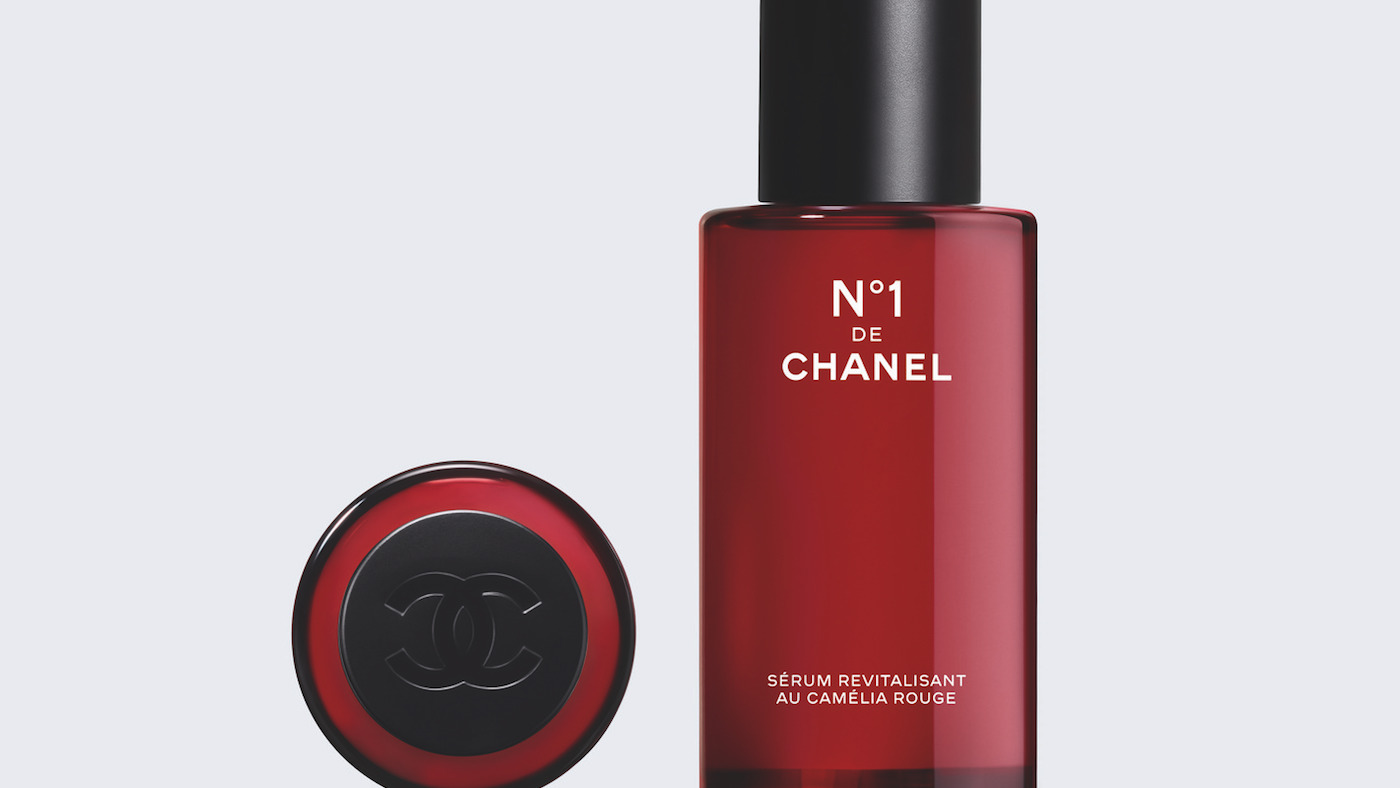 N°1 de Chanel: sustainability in heritage
N°1 de Chanel: sustainability in heritageUnder the Radar A new skincare and beauty collection by Chanel researches the camellia
-
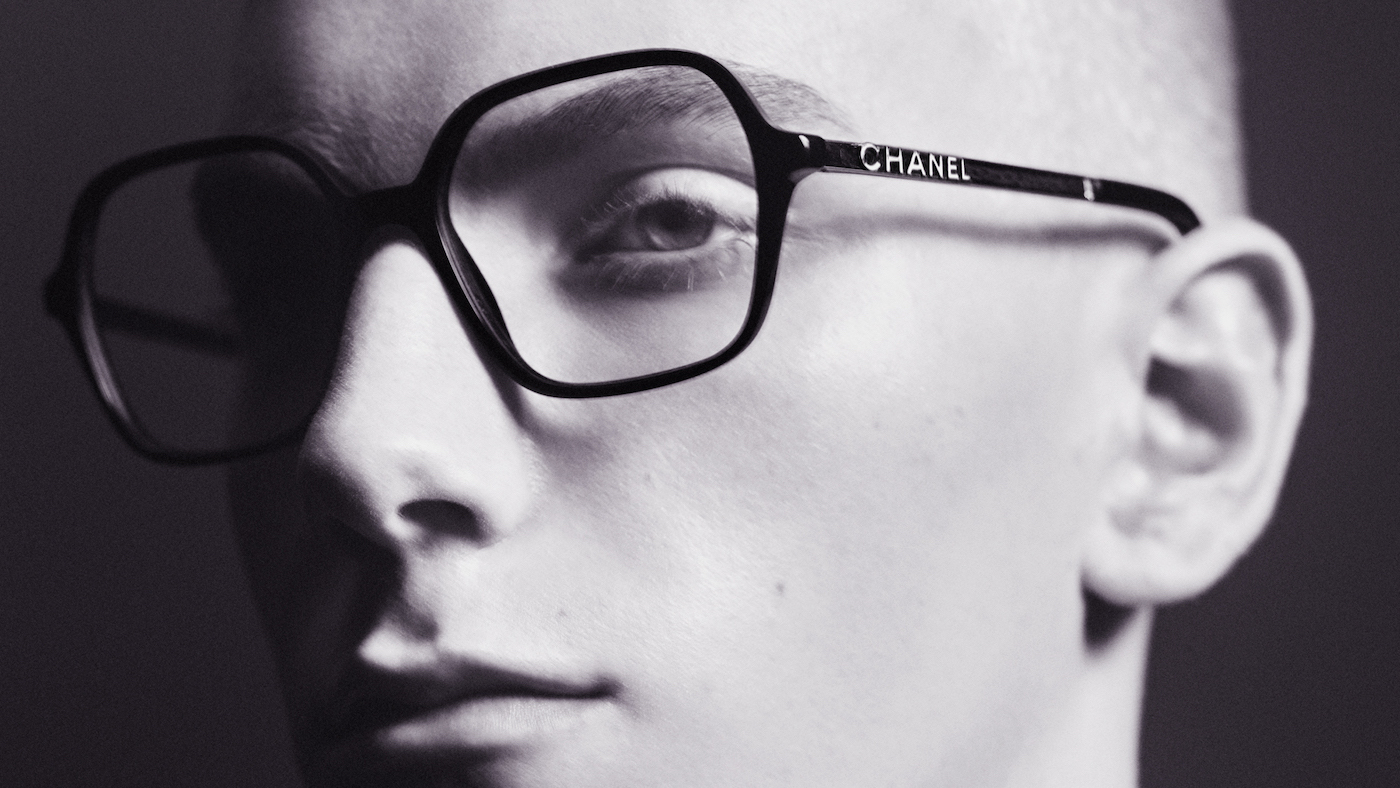 Coco vision: up close to Chanel opticals
Coco vision: up close to Chanel opticalsSpeed Read Parisian luxury house adds opticals to digital offering
-
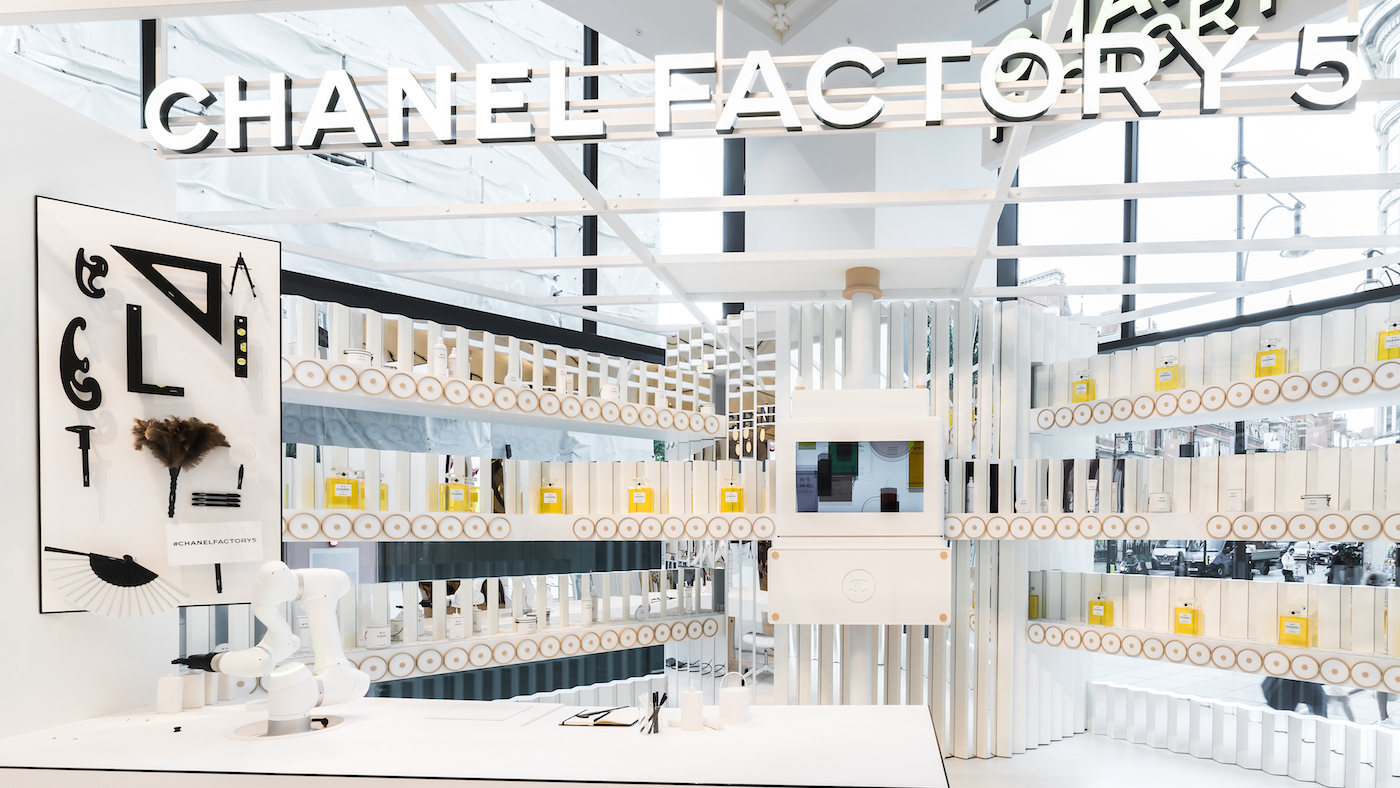 Look twice: Chanel Factory 5 opens at Selfridges London
Look twice: Chanel Factory 5 opens at Selfridges LondonUnder the Radar Factory 5 collection celebrates the fragrance’s centenary
-
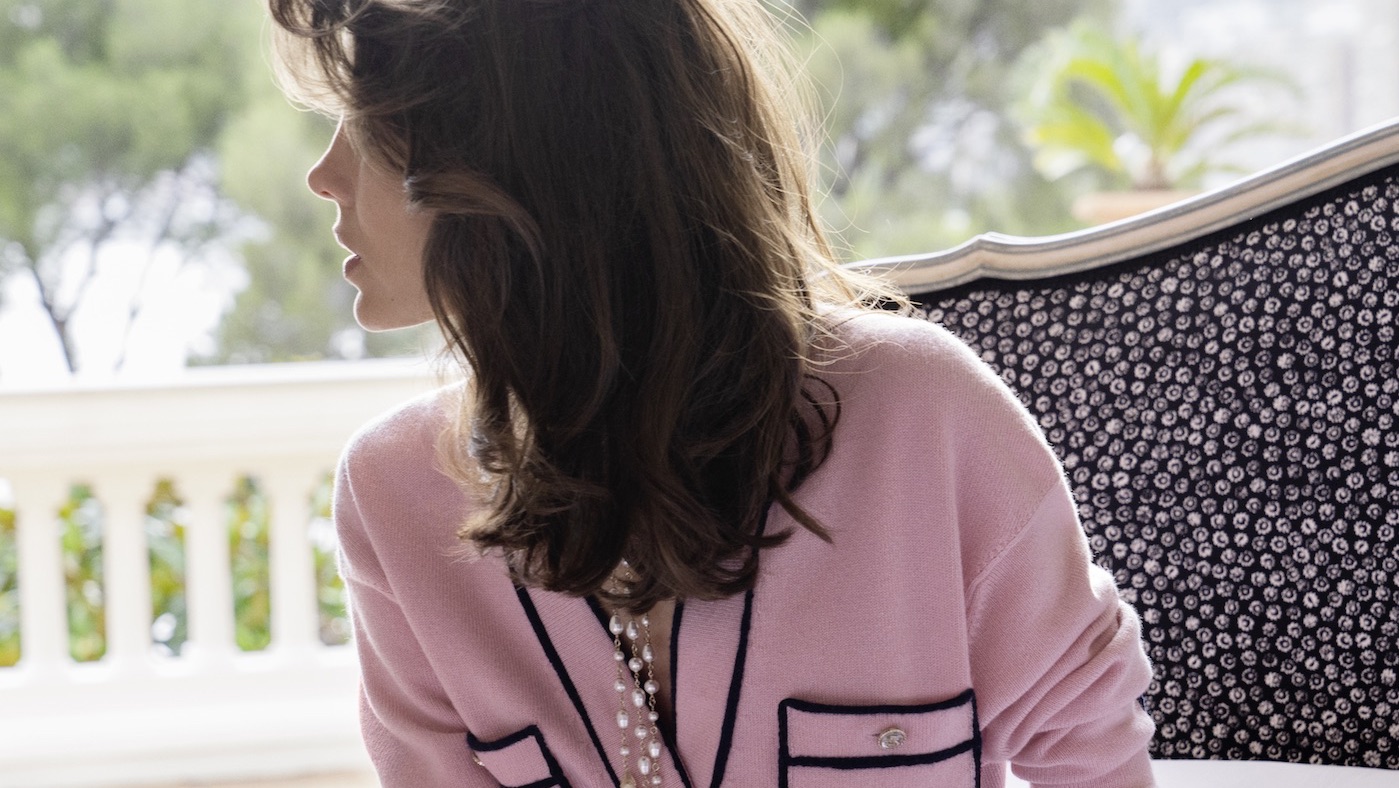 Charlotte Casiraghi’s Chanel moments
Charlotte Casiraghi’s Chanel momentsUnder the Radar Casiraghi takes us backstage at Monaco villa La Vigie for her Chanel debut
-
 Chanel Connects: Paris brand launches new podcast series
Chanel Connects: Paris brand launches new podcast seriesfeature Tilda Swinton, Edward Enniful and Nicholas Cullinan feature on the first episode
-
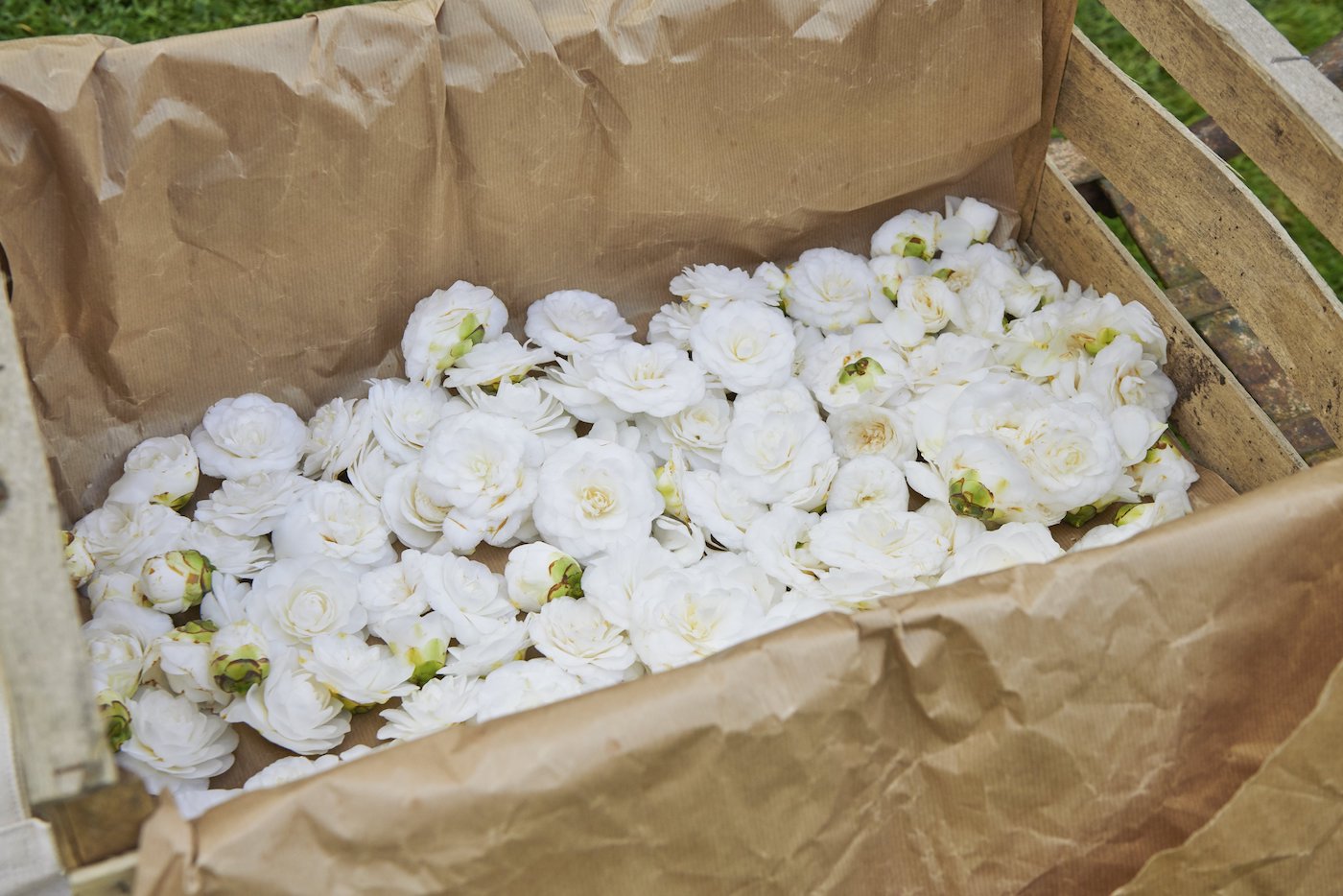 Beautiful science: Chanel’s open-sky labs
Beautiful science: Chanel’s open-sky labsSpeed Read Botanical wonders lie at the heart of Chanel’s science-led skincare
-
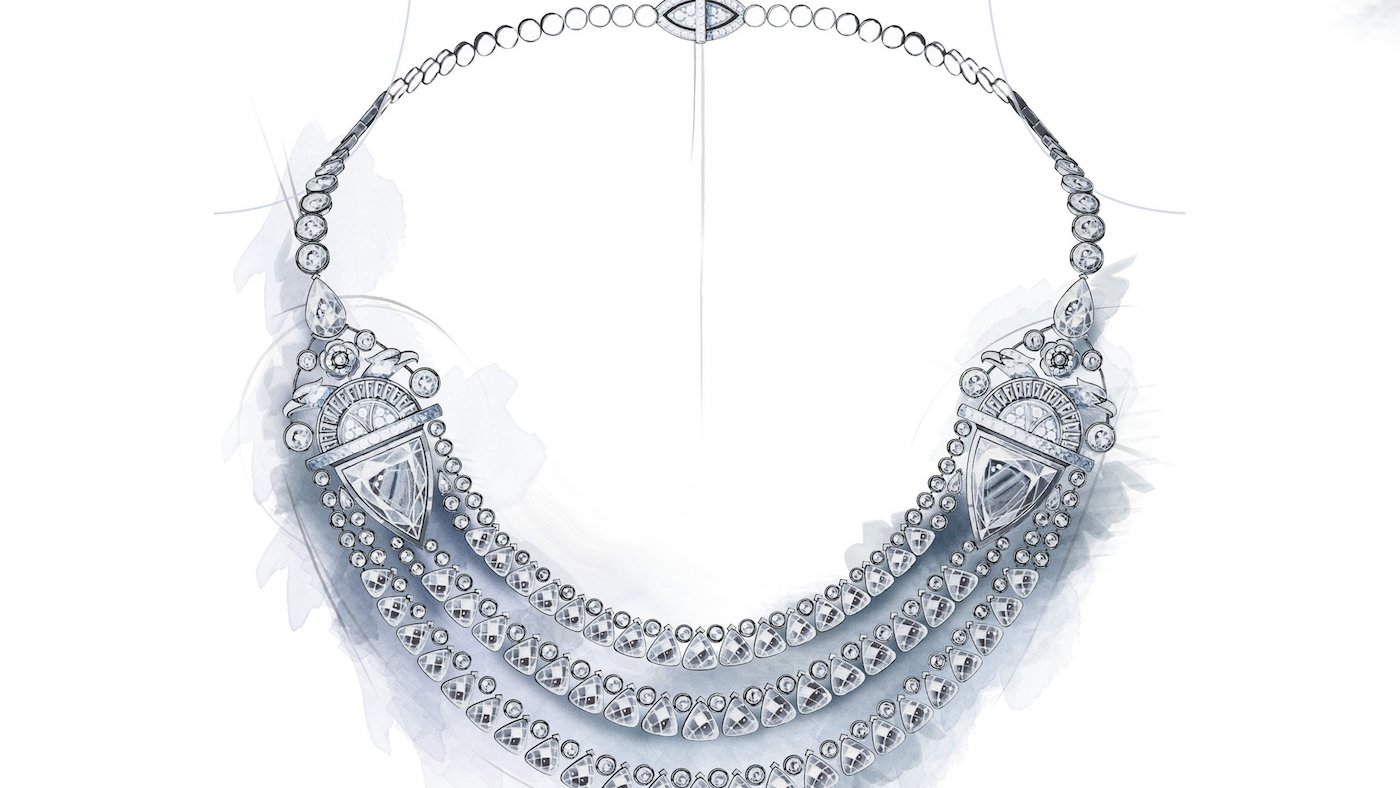 Patrice Leguéreau: Chanel's master of stones
Patrice Leguéreau: Chanel's master of stonesIn Depth Patrice Leguéreau is the secret weapon behind Chanel's spectacular jewellery collections